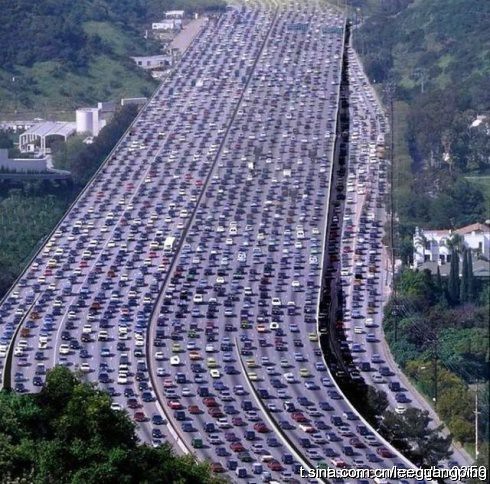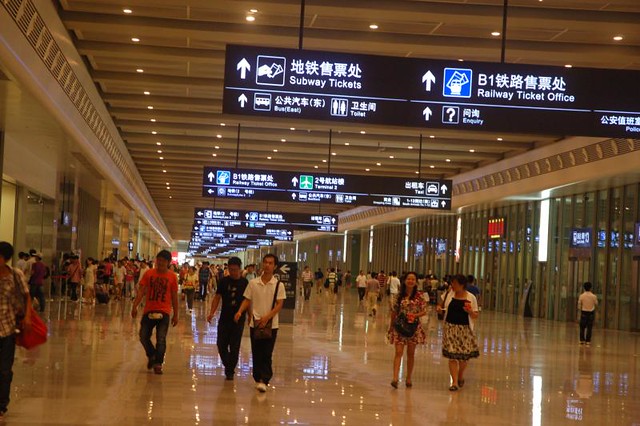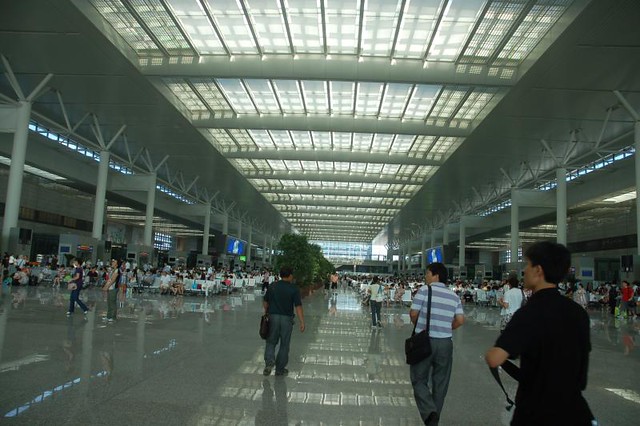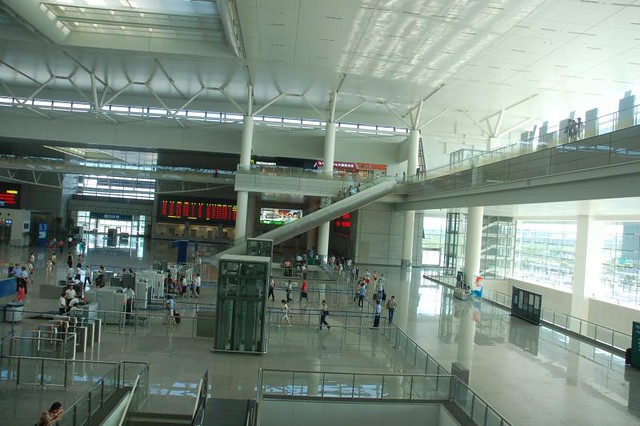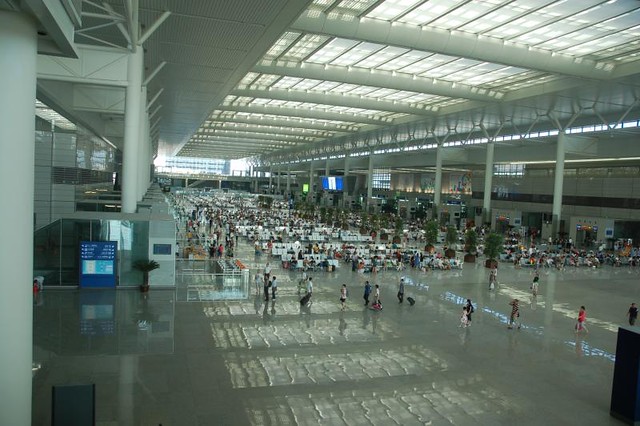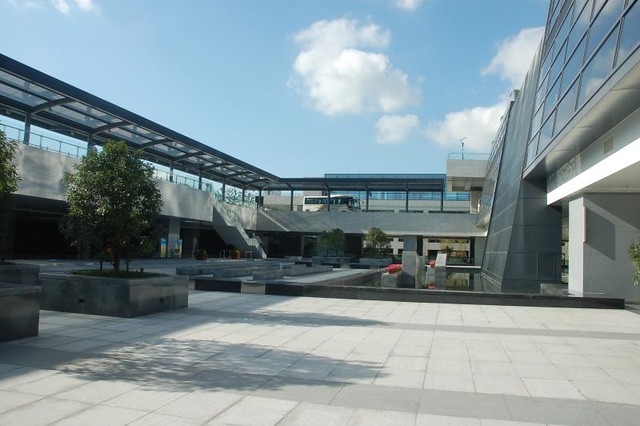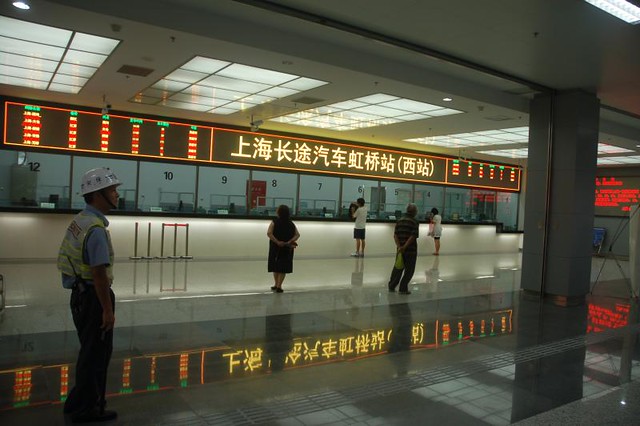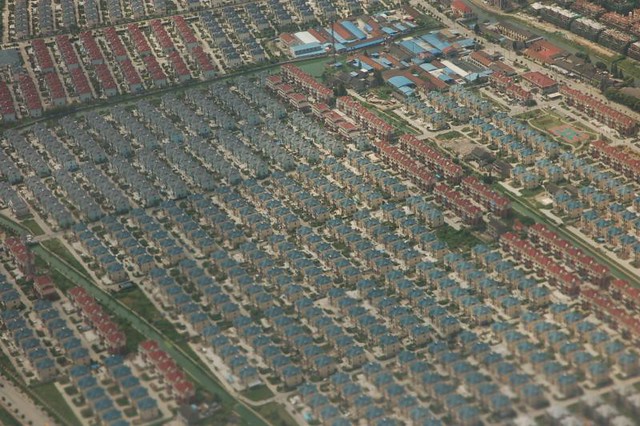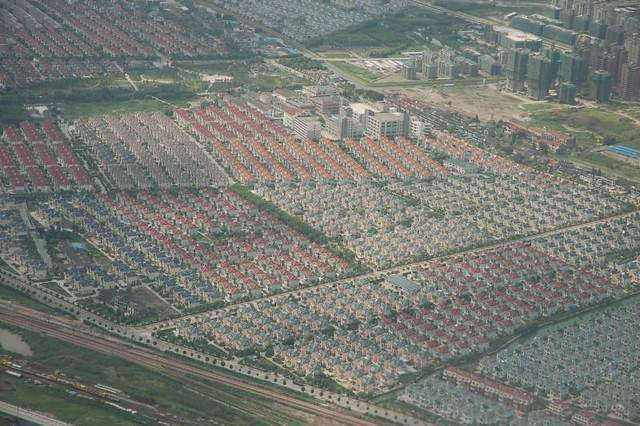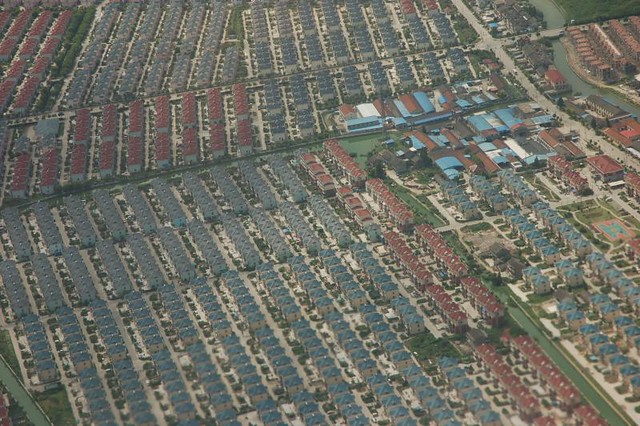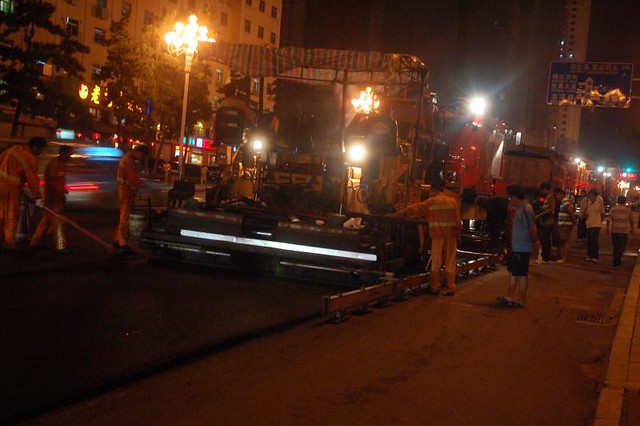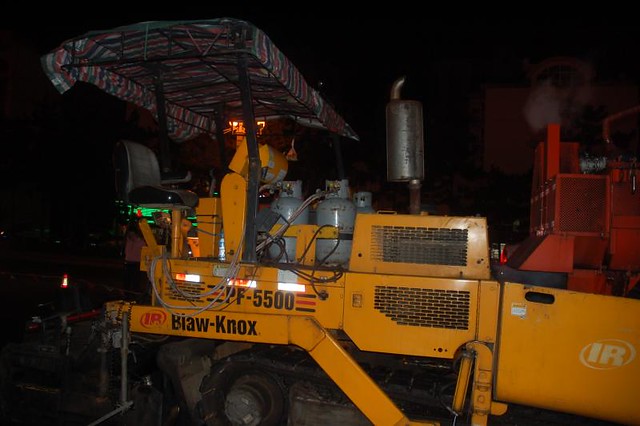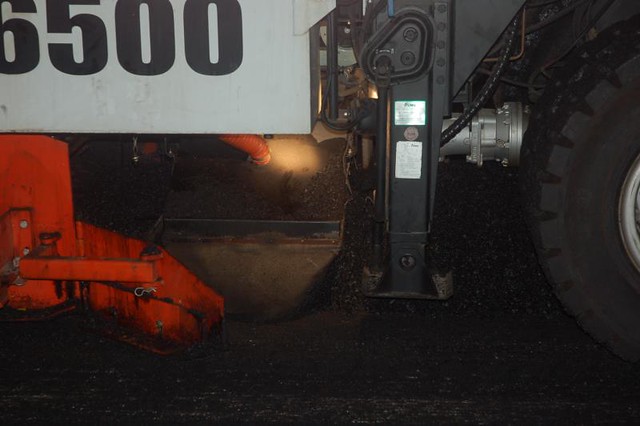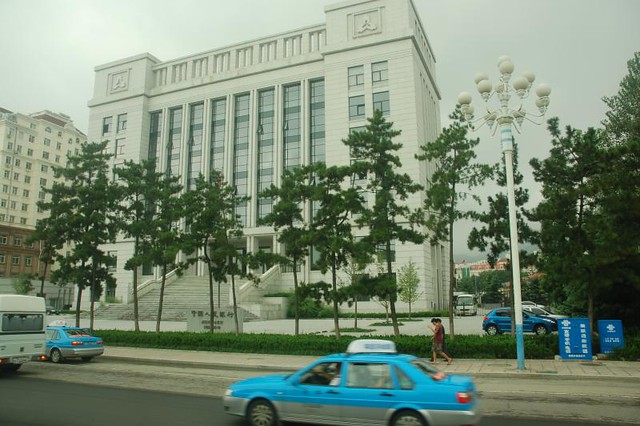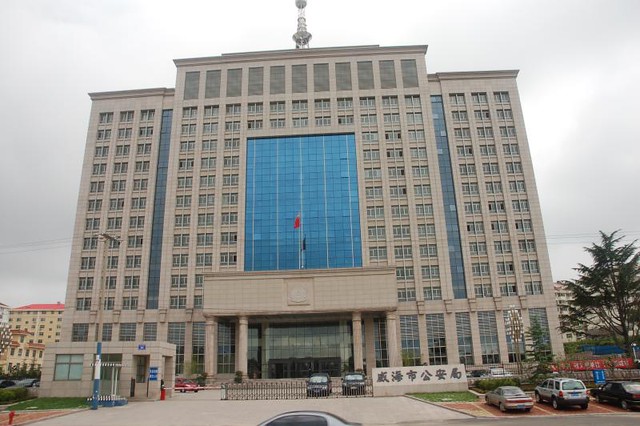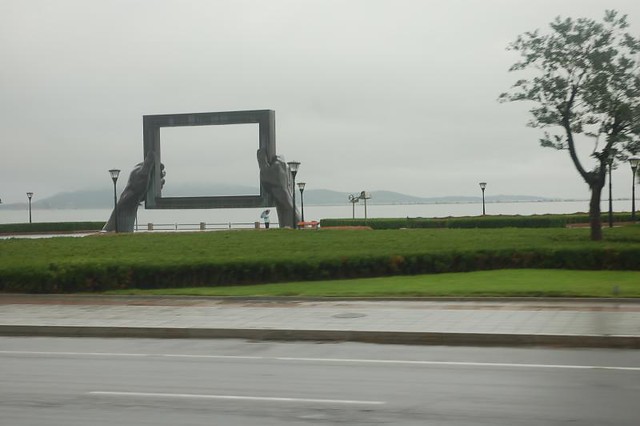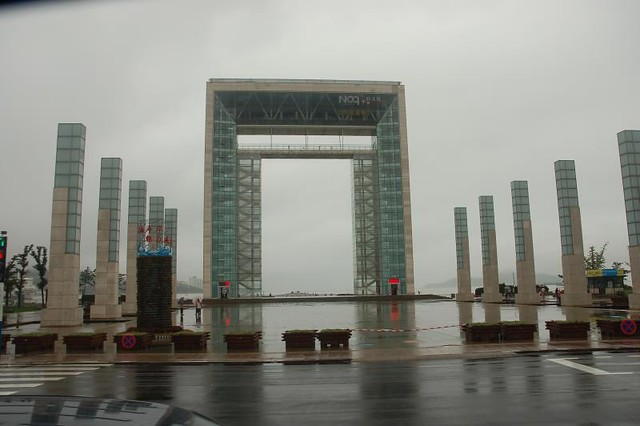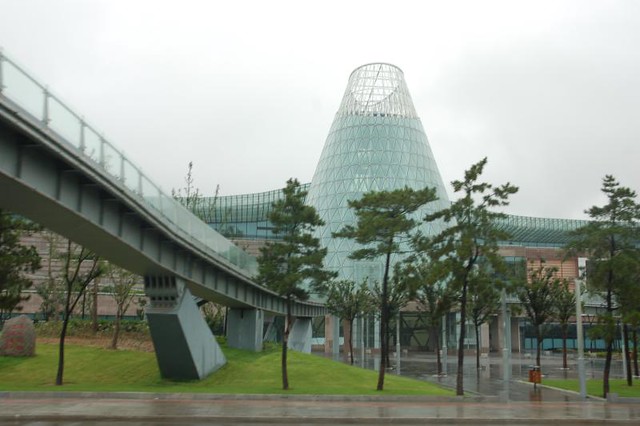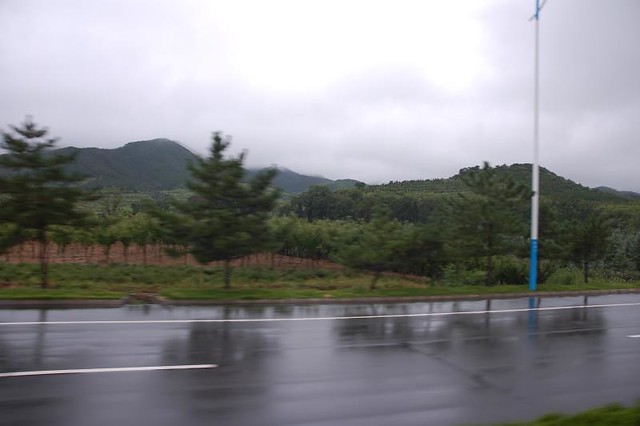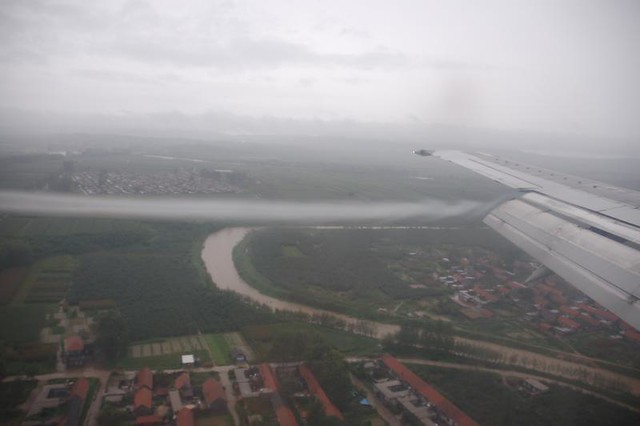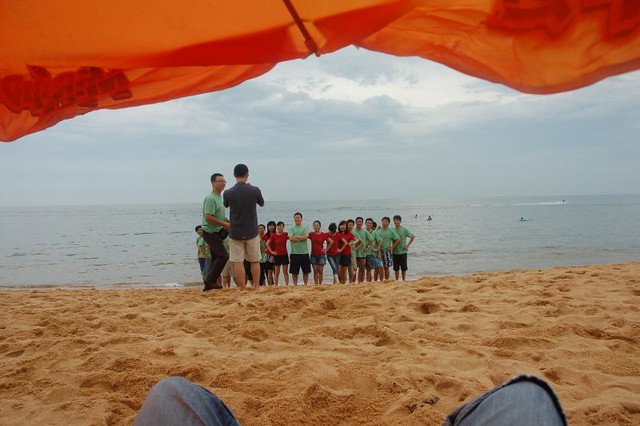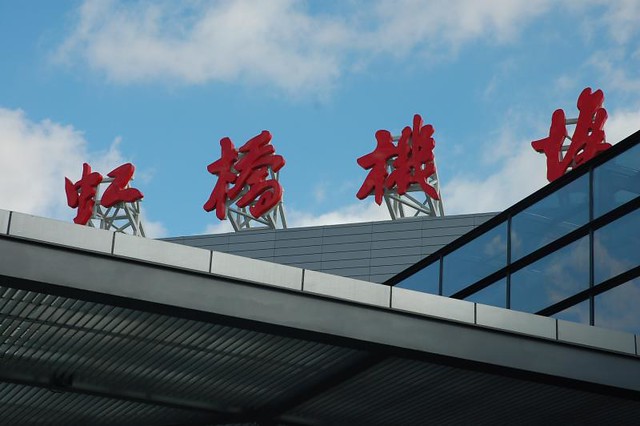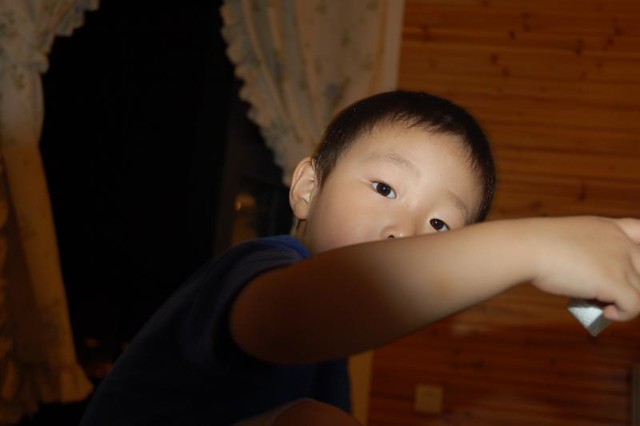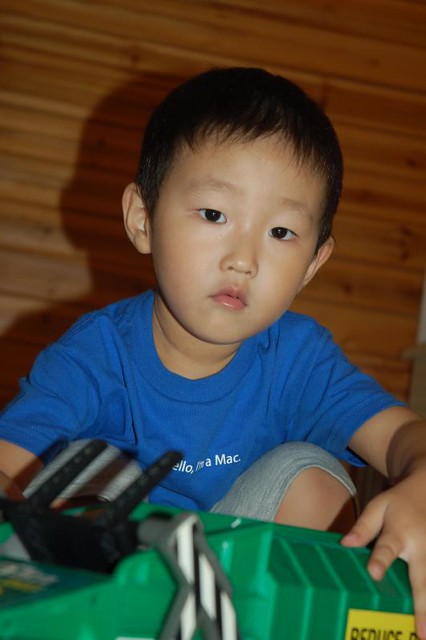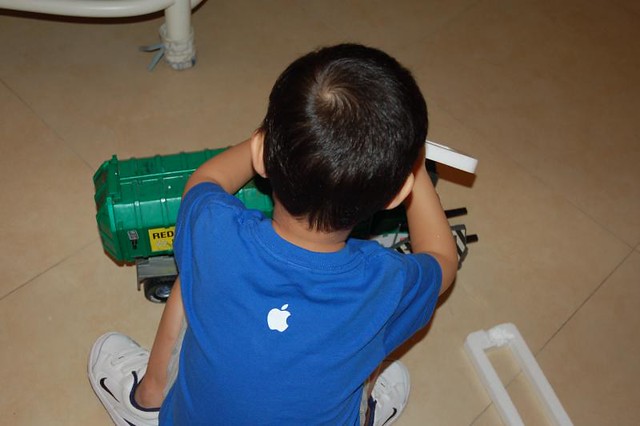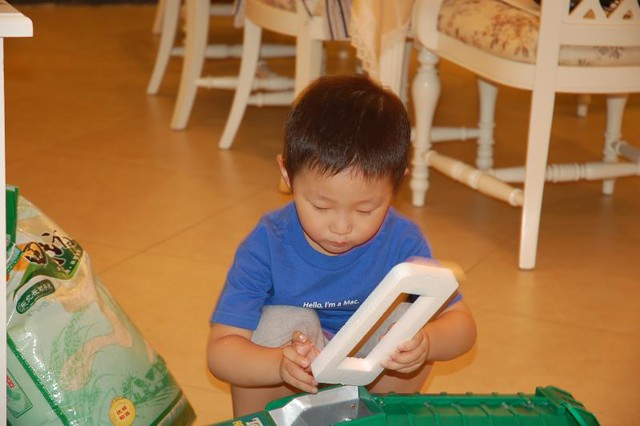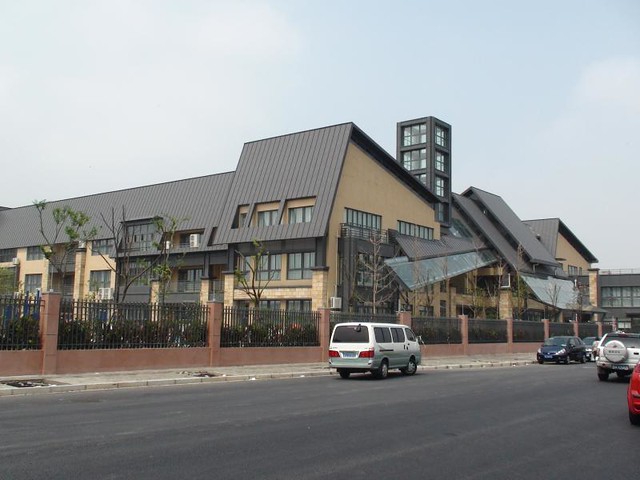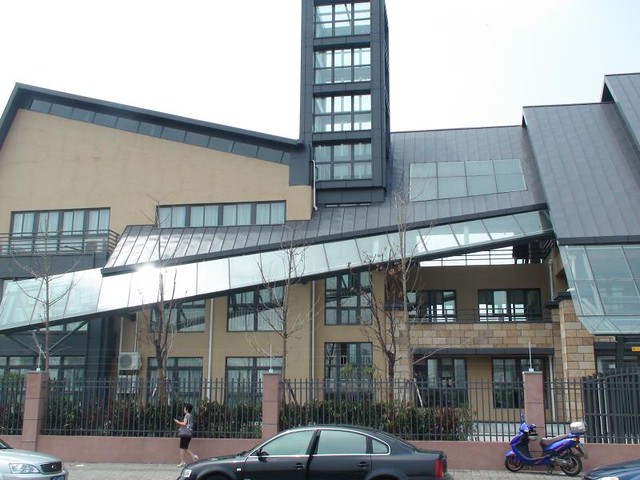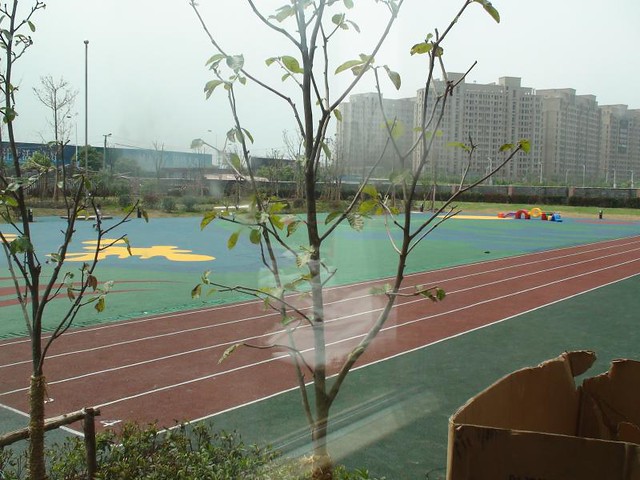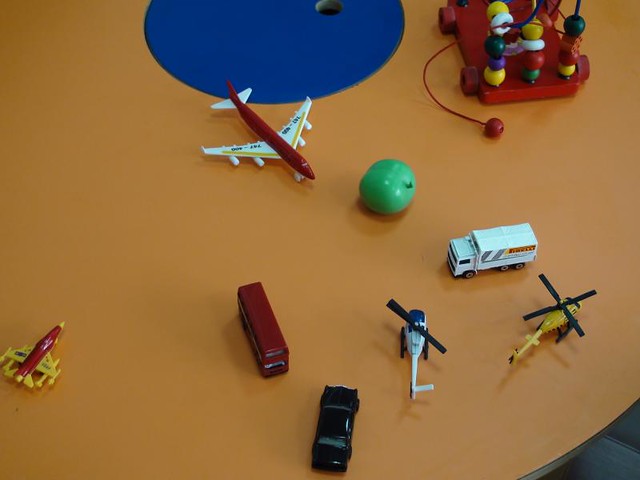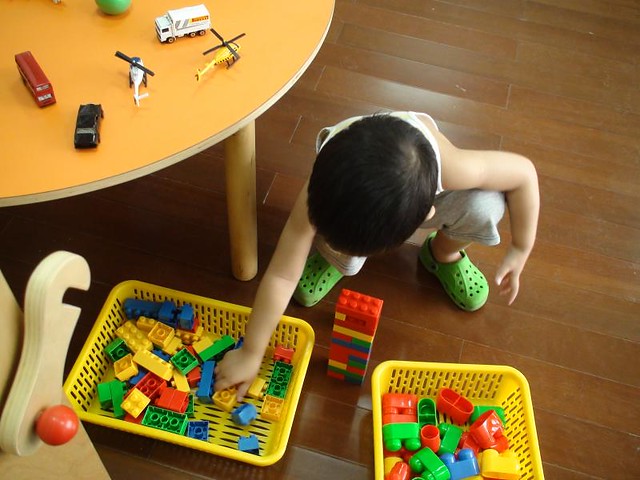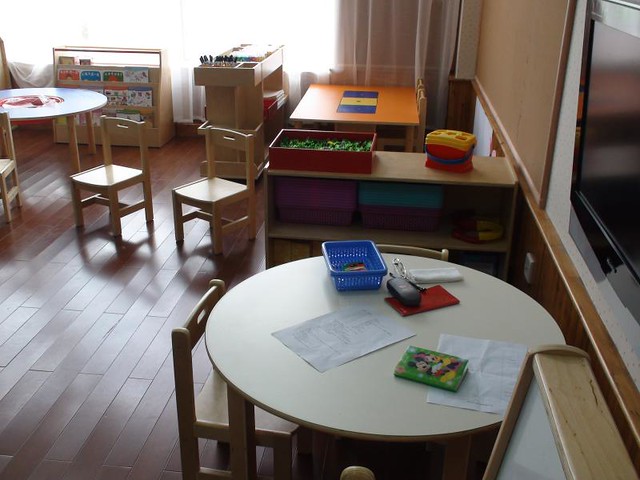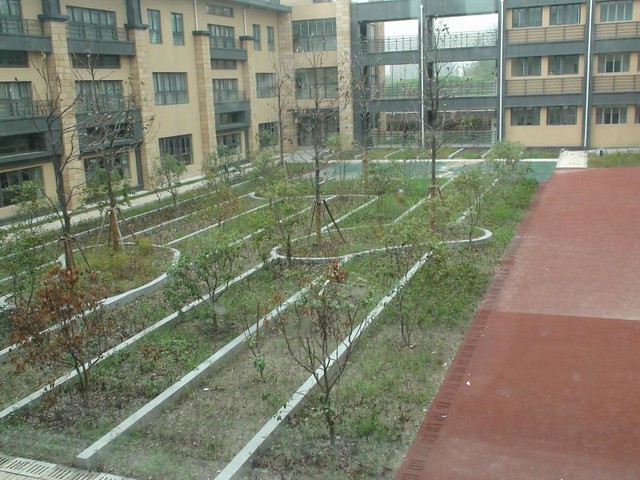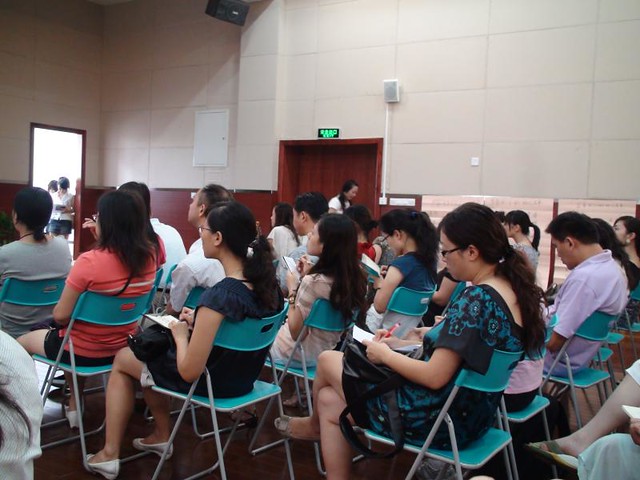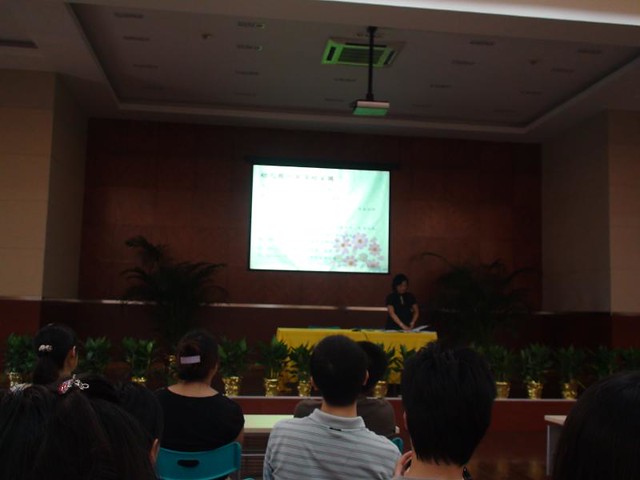I am at Orchard Hotel at Singapore, on the famous Orchard road.
This is my “second impression” of Singapore – the first impression was about 10 years ago.
1. Singapore is far from China. I was surprised that there is no time difference after 5 hours’ of flight. Then with the help of a map, I figured out that it is at the same longitude with Kunming in China, only moved to 1 degree north near the equation. That was my major mistake, since I always thought Singapore is somewhere very west.
2. I read the autobiography of its formal prime minister, Lee Kuan Yew. The development of Singapore is very unique, and not replicable.
3. Singapore is small. Xiamen is maybe one of the small cities that is like Singapore – It is also on an island. Singapore’s surface is 710.2 sq km, and Xiamen, is 1,565 sq km, about twice the size. Singapore has about 4 million people, while, in China, there are 39 cities with urban population more than 4 million. If we count the rural populations under those cities, the list can be longer (the 30th largest cities in total population, Tangshan, has 7 million people). So, it again reminds me to put things into perspective, and don’t simply transplant rules in Singapore to China.
4. Having said that, I found there are many great ideas and learning from the experience of Singapore, like the greenization effort, and using English as a comprise for all the people there.
5. Singapore airport is still the best airport, and they are trying harder. I was selected as a participant in their usability test. Two college age girls followed me to tour the airport, and asked interview questions to me about how to improve the airport.
6. The people I met, mainly in airport, and hotels, are very friendly. They speak different languages. The reception who looks like Chinese does not speak Chinese at all. They are from Philippines. The FAQ in my mind was, what language the person is speaking in. Lerry even got confused when waiter speak Chinese to him: “Which language she was using?”
7. I was completely blew away 10 years ago on Orchard road. Now, with more big shops like the new LV flagship store, I just don’t feel more excited than Huaihai Road, and Nanjing West Road. Singapore is great, but I am growing up, and my standard changes.
8. Thanks Prof. Tan for the great arrangement, and picking us at the airport. I felt very welcomed, and taken good care of. Looking forward to talking with about 300 students in National University of Singapore tomorrow.
